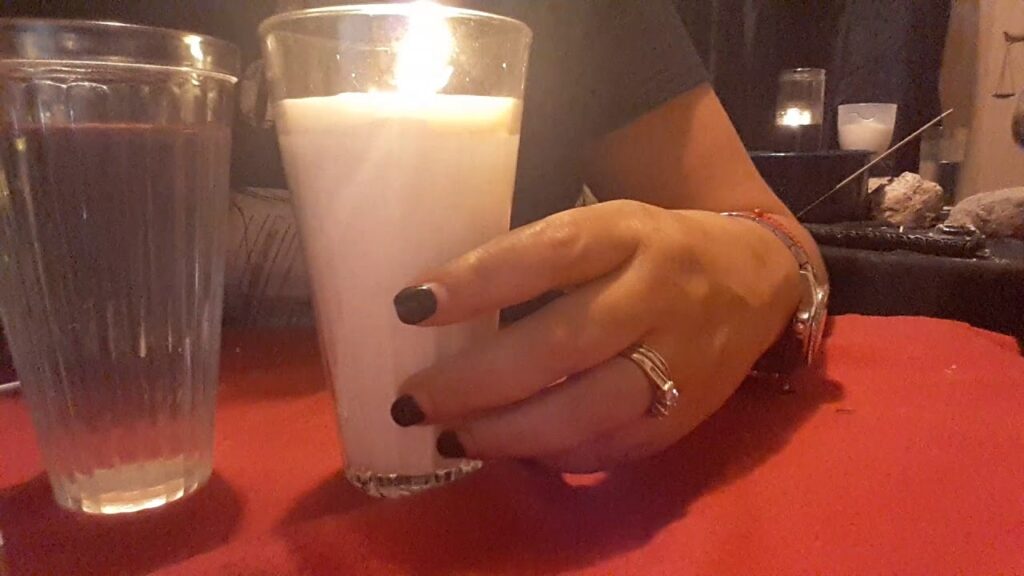Exploring the Origins of “El Cascabel” – Mexico’s Melody in the Stars
Mexico is a country rich in cultural expressions, and its music is a testament to its historical and contemporary diversity. Among the many tunes that have become a significant part of Mexican heritage, “El Cascabel,” a son jarocho, stands out as an embodiment of the fusion between indigenous, Spanish, and African influences. This catchy and rhythmic melody invites those who listen to delve into the depths of Mexico’s vibrant traditions. The song has been passed down through generations, each adding their unique touch, making “El Cascabel” not just a song, but a living piece of history.
The title “El Cascabel,” meaning “The Rattle,” refers to the percussion instrument that characterized many traditional Mexican folk songs. As for its origins, “El Cascabel” emerged from the Veracruz region, a place renowned for its rich folklore and musical legacy. The lyrics often change and evolve, but the core spirit remains—a playful and teasing tone, weaving a story that captivates those who hear it. The interplay between the jarana, requinto guitars, and the leona bass guitar, layered with the lyrical call and response, transforms any gathering into a joyful celebration.
“El Cascabel” has not only thrived in the local scenes of Veracruz but has also found its way onto international stages. It serves as an ambassador of Mexican culture, allowing the world to experience the exhilarating mix of storytelling and musical prowess. Artists from various genres have interpreted the song, each lending their voice and style, thus keeping the tradition both preserved and refreshingly dynamic. It continues to inspire new musicians and is often a highlight in cultural festivals and events focused on preserving and sharing Mexico’s rich musical heritage.
By exploring the origins of “El Cascabel,” we not only understand a piece of Mexican folklore but also recognize the universal language of music—a language that crosses borders effortlessly and touches the hearts of many. The melody’s ability to connect the sky and the earth, to intertwine the old with the new, makes “El Cascabel” not just Mexico’s melody in the stars but a celestial tune that invites the world to dance to its vibrant rhythms.
The Journey of “El Cascabel” from Earth to the Cosmos
The tale of “El Cascabel” is as riveting as it is unique. This traditional Mexican artifact, a small rattle often associated with dance and ceremony, has embarked on a symbolic journey from the depths of the Earth to the vast expanses of the cosmos. “El Cascabel” represents not only a physical object but also the spirit of adventure and the rich cultural heritage of Mexico, which travelers often discover as they explore the varied landscapes of this vibrant nation.
The journey begins with the creation of “El Cascabel”, which is a meticulous process involving the skilled hands of local artisans. Utilizing ancient techniques passed down through generations, artisans fashion “El Cascabel” from raw materials sourced directly from the Mexican earth. The materials’ transformation, from humble beginnings to a finished piece of cultural significance, mirrors the transformative experiences travelers have as they immerse themselves in Mexico’s diverse natural and cultural environments.
As “El Cascabel” moves through local celebrations and rituals, it collects a multitude of stories and significance, much like the memories collected by adventure seekers traversing the landscapes of Mexico. Each shake of the rattle might be compared to the heartbeats of visitors as they ascend the majestic peaks of the Sierra Madre or dive into the depths of the Cenotes, capturing the essence of Mexico’s adventurous spirit within its own melody.
Finally, “El Cascabel” reaches a metaphorical ascension to the cosmos, as its sound and the cultural resonance it carries are shared across the globe. Travelers become the vessel through which “El Cascabel” transcends its origins, spreading the story of Mexico’s heritage far and wide. They return to their corners of the world with tales that intertwine their personal adventures with the time-honored narratives encapsulated in “El Cascabel”, thus elevating it from an earthly treasure to a cosmic legend.
“El Cascabel” – A Symbol of Mexican Culture Abroad a Space Probe
The mystique of Mexico’s rich culture often travels far beyond its borders, and no symbol has captured the imagination quite like “El Cascabel”. This emblematic figure is not a mere trinket; it is a token of history, tradition, and the vibrant spirit that embodies Mexico. From its origins in ancient craftmanship to its presence in art, “El Cascabel” has journeyed from the heart of Mexico to become a global icon, and now, it even graces the vast expanses of space aboard an international space probe.
El Cascabel, often translated as ‘the rattle’, holds a significant place in Mexican folklore. It is a motif that appears in various aspects of Mexican life, from musical instruments used in traditional dance to the design patterns adorning the elaborate costumes of performers. The rattling sound is considered to evoke the force of life and the earth’s energy, which resonates deeply with the Mexican ethos of living in harmony with nature.
When the international community decided to include a representation of human culture aboard a space probe destined to explore the cosmos, “El Cascabel” was a fitting choice from Mexico. It represents an acknowledgment of Mexico’s contribution to our shared human heritage. Just as the space probe aims to share a snippet of Earth’s culture with the universe, “El Cascabel” shares a piece of Mexican soul with anyone who encounters it, whether on Earth or beyond.
In the context of the space probe, “El Cascabel” serves as more than a mere cultural emblem; it is a bridge between civilizations, a beacon of humanity’s diverse origins and shared aspirations. The inclusion of this small but potent symbol aboard a space probe communicates the message that our explorations of the universe are a collective endeavor, representing all corners of the earth, all its people, and all its cultures.
The journey of “El Cascabel” from Mexican towns to the realm of stars is a testament to the human spirit’s boundless curiosity and our ceaseless pursuit of knowledge. As the space probe ventures into the unknown, it carries with it the sound of “El Cascabel”, echoing through the cosmos and reminding us of the beauty and depth of Mexican culture, now immortalized among the stars.
How “El Cascabel” Became a Huapango Representative of Humanity in Space
“El Cascabel”, a melody that emerged from the vibrant folklore of Mexico, transcended its earthly origins to become a symbol of human culture amongst the stars. This transformation from a popular folk tune to a cosmic envoy of human creativity is a story of cultural pride and universal appeal. The huapango, a genre enriched with the rhythms of Mexican Son Huasteco, is charged with a vitality that captures the essence of a people and their connection to the Earth.
The journey of “El Cascabel” to space began as part of a collective desire to showcase human diversity and ingenuity. When the opportunity arose to send a message to the cosmos, this traditional piece was chosen as part of the Voyager Golden Record, a phonograph record included aboard the Voyager spacecraft launched in 1977. This record was intended to communicate the story of our world to extraterrestrials, featuring sounds and images selected to portray the diversity of life and culture on Earth.
Through the inclusion of “El Cascabel,” the vibrant spirit of Mexican music now travels beyond our solar system, encapsulating a slice of human joy and artistic expression. The huapango’s intricate footwork, passionate violin strings, and the resonating sound of the jarana and huapanguera guitars embody a vitality that endures through time and space. It stands as a testament to the universality of music as a language that can transcend our planet’s bounds, reaching out to unknown listeners across the galaxy.



